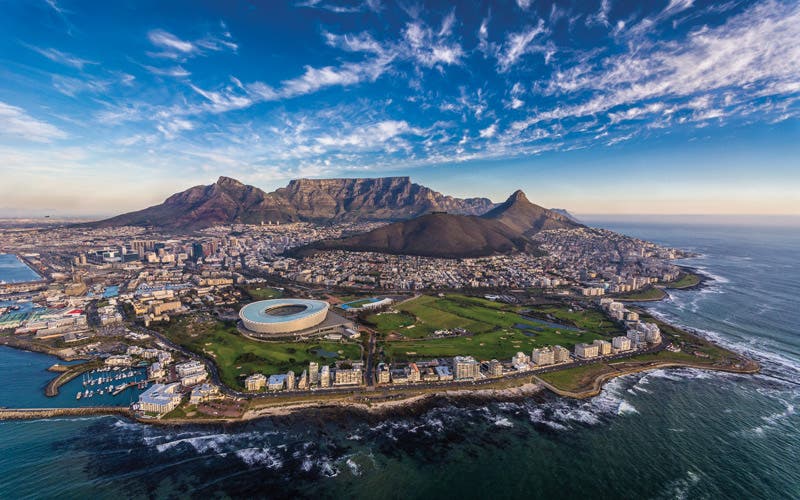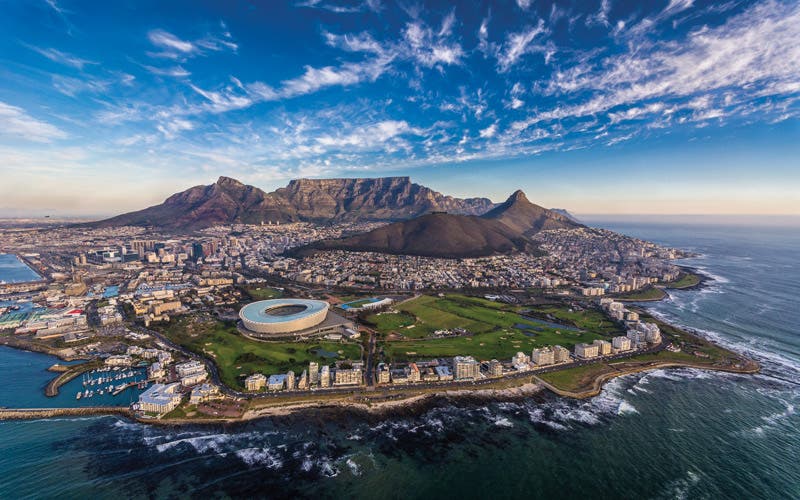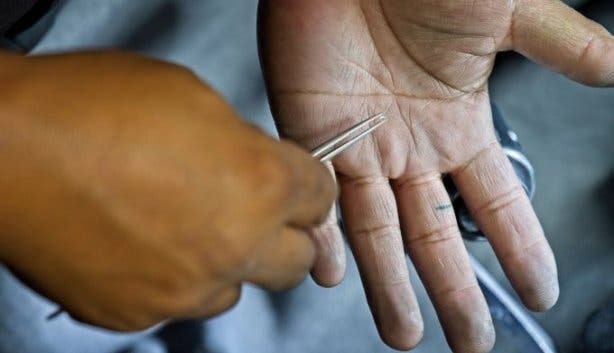Christmas lights, glühwein, wine tasting & kids zone
Shimansky’s History of Diamonds in South Africa
A look at the background of Mzansi’s most sought-after stone
Though the global history of diamonds dates back around 3.3 billion years when these treasured stones were first formed by high pressure and heat deep within the earth’s crust, the South African story of these gems only began in 1867 with their local discovery. It’s a tale of enchantment, wealth, fire and beauty, and it’s certainly a universally significant one as since it was first established that our nation’s soil is rich with sparkling crystals, South Africa has made an indelible mark on the world’s diamond industry, becoming one of the leading producers on the planet.
For those who are eager to learn about this glittering slice of our country’s past, or for prospective engagement ring purchasers who want to know more about this gem’s roots, we’ve put together a historical timeline below. This chronological look-back sheds light on the journey diamonds have taken from the moment they were discovered in the Northern Cape to current times, as told by renowned local jeweller Shimansky, who have long been the shining stars of the South African jewellery industry.

SHIMANSKY’S TIMELINE OF THE HISTORY OF DIAMONDS IN SOUTH AFRICA
- 1867: South Africa’s first diamond, later called the Eureka, was discovered on the banks of the Orange River near Hopetown by 15-year-old Erasmus Jacobs. He was playing around on his father’s Northern Cape farm at the time and a pretty transparent rock caught his eye. It was a neighbour, Schalk van Niekerk, who identified this ‘rock’ as a diamond.
- 1869: Though Erasmus’s first find was alluvial (found near water as a result of being washed away from its main source by rain and rivers), by 1869, diamonds were being found far away from streams and waterways in yellow earth and underground in hard rock.

- 1871: A prospector by the name of Fleetwood Rawstorne and his group of British fortune hunters (known as the Red Cap Party) discovered the famous diamond deposits in the small Northern Cape town of Kimberley.
- 1870s – 1880s: These decades saw a rapid increase in mining in Kimberley, which soon accounted for 95% of all the world’s diamonds, and fierce competition between prospectors, particularly Cecil John Rhodes and Barney Barnato, two British immigrants who owned increasingly large claims in the Kimberley mine.
- 1888 – 1889: Cecil John Rhodes bought out Barney Barnato with the biggest cheque ever issued at the time and merged all of his holding to launch De Beers Consolidated Mines, a company that grew to hold global monopoly over the diamond industry.
- 1902: The Cullinan Diamond Pipe was discovered near Pretoria and the Premier Mine was consequently established.
- 1905: The largest gem-quality diamond ever found (3106 carats) was discovered at the Premier Mine; the stone was named The Cullinan in honour of Sir Thomas Cullinan, the founder of the mine.

- 1919: Gemologist and engineer Marcel Tolkowsky transformed diamond cutting with the development of the ideal or modern round brilliant cut. This benchmark shape was designed based on mathematical principles such that the proportions ensure that white light reflects through the top of the diamond and sparkle is not lost.
- 1927: German-born industrialist and financier Sir Ernest Oppenheimer, who founded the Anglo American Corporation of South Africa, took over De Beers. Today, the Oppenheimer family still owns the mining company.
- 1939: The ‘Four Cs’ diamond grading system was established by the Gemological Institute of America (GIA). This universal classification scheme assesses the quality of these stones based on cut, colour (the presence or absence of a yellow/brown tint), clarity (the presence or absence of inclusions and imperfections) and carat-weight.

- 1954: The exceptional Niarchos diamond, which Oppenheimer considered to have the most perfect colour of any stone he had ever seen, was found at the Premier Mine.
- 1988: To celebrate its 100th birthday, De Beers unveiled the Centenary, the world’s largest modern fancy-cut diamond, which is particularly outstanding because of its many facets (164 on the stone and 83 on the girdle).
- 1994: Now-renowned South African diamond and platinum specialist Shimansky opened its first store at The Pavilion shopping centre in Durban.

- 2003: Shimansky developed the fiery Eight Hearts diamond, which has been trademarked worldwide. Cut and polished to perfect proportions, this flawlessly symmetrical design displays an eight-heart pattern when viewed from the bottom and an eight-arrow star when viewed from the top.
- 2004: After more than three years spent researching and designing, Yair Shimansky, founder of Shimansky jewellers, released the now-famous My Girl diamond, which was the first internationally patented cut to come out of South Africa and the first square-cut diamond with a diamond-shaped table facet in the world. This stunning eight-sided stone is designed to reflect light from any angle, not just the top.

- 2009: The world’s most brilliant diamond, known as the Brilliant 10, was developed by Yair Shimansky. This cut, which displays a 10 hearts pattern when seen from below and a 10 arrows pattern when seen from above, was designed to reflect all of the light that enters the gem back through the top, with no leakage whatsoever. Therefore, this is a design that literally outshines all other diamond cuts on the planet – and it comes from little ol’ South Africa.
The above are many of the most significant milestones in this cherished stone’s South African past, but no doubt we can expect plenty of new developments and designs in future from forward-thinking retailers like Shimansky.
Visit the Shimansky flagship jewellery showroom at the V&A Waterfront to learn more. Entrance will cost R50/p.
---
Shimansky’s newest ring is a love letter to Cape Town
Considering purchasing one of these sparkling stones? Have a glance at Shimansky’s guide to buying diamonds and tanzanite in South Africa.
---
Use our events section for an up-to-date overview of happenings in Cape Town. Also, don’t forget to subscribe to our newsletter and if you have a smart phone, add m.capetownmagazine.com to your home screen for quick access on the go!
Follow us on Twitter, like us on Facebook, join our Google+ circle, connect with us on LinkedIn, check out our photos on Instagram and follow our Pinterest boards for updates on what’s happening in an around the Mother City!















